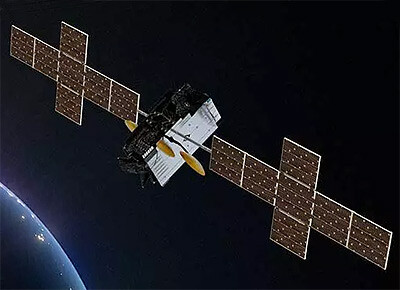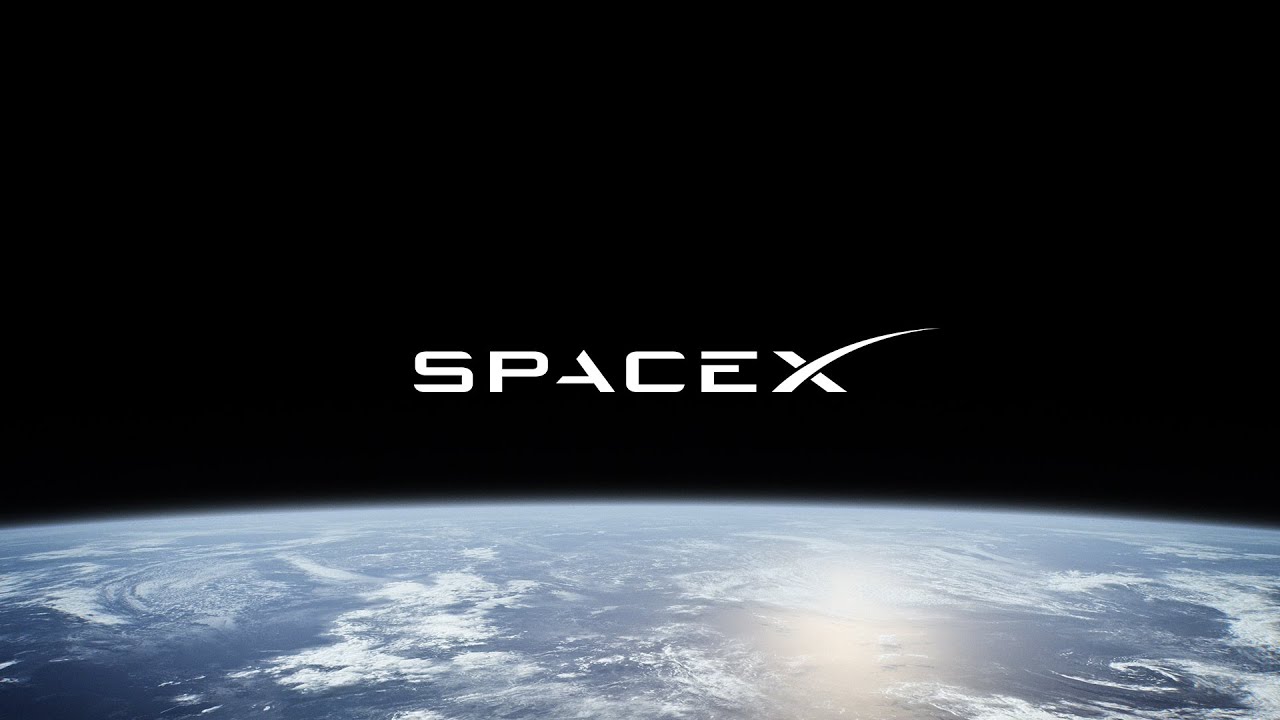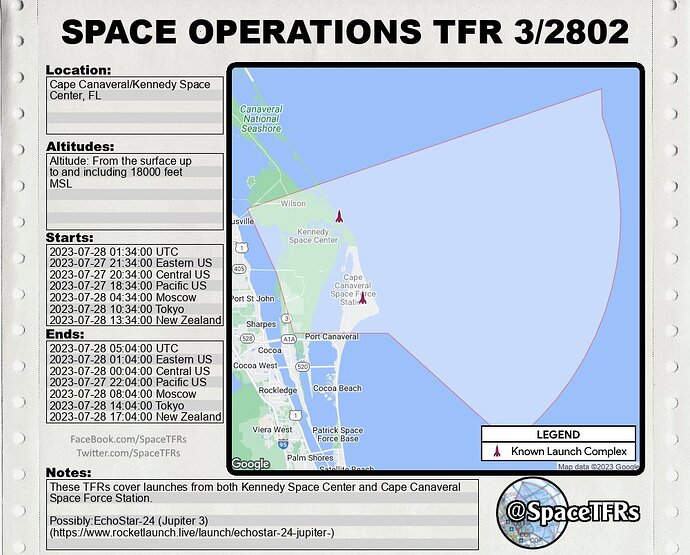SpaceX plans to launch a Falcon Heavy rocket from Launch Complex 39A in Florida on 2023-07-29 in a 99 minute launch window starting at 03:04 UTC (the evening of July 28th in western hemisphere time zones). The launch will place the Hughes Jupiter 3 (EchoStar 24) communications satellite directly into geostationary orbit for eventual service at the 95° west longitude slot, without requiring the satellite to raise its orbit using on-board propulsion. Total payload mass is 9.2 tonnes.
This will be the seventh launch of a Falcon Heavy. The core stage, B1079, is making its first and last flight, while the two side boosters, B1064 and B1065, are both making their third flights, both after 195 days turn-around after their last flight together on USSF-67 on 2023-01-15.
Due to the payload mass and customer requirement of direct delivery to geostationary orbit, the Falcon Heavy core stage will be expended on this flight. The side boosters will return to the landing zone pads at Cape Canaveral.
Here is a pre-flight preview from Everyday Astronaut .

3 Likes
The launch attempt on 2023-07-27 was halted and scrubbed for the day at the T−65 second mark, just before the automatic sequencer was about to start the final minute’s countdown. No reason was given for the scrub.
The second attempt has been scheduled for 2023-07-28 at 03:04. I have update the main post accordingly.
3 Likes

I have updated the main post accordingly.
3 Likes
The launch, landing of the two side boosters, and delivery of the satellite were all successful. Here are details of the payload’s orbit.

This explains a puzzle I’ve had about this launch. It was described as delivering the payload directly to geostationary orbit like the ViaSat-3 Falcon Heavy launch on 2023-04-30, but that launch required expending the Falcon Heavy core and both side boosters in order to reach the required orbit. This launch had a heavier payload (described as the largest mass commercial communications satellite ever placed in geostationary orbit) and yet only the Falcon Heavy centre core was expended in the launch.
In fact, this was not a direct delivery to geostationary orbit. The Falcon Heavy second stage placed the satellite into an orbit with apogee close to geostationary altitude (35,786 km), but only had sufficient delta-v to raise the perigee to 8001 km. The satellite will have to use its own propulsion to circularise the orbit, change inclination to equatorial, and maneuver to its service longitude. Still, using a Falcon Heavy with expendable core will increase the lifetime of the satellite compared to the usual geostationary transfer orbit with a perigee of just a few hundred kilometres. Raising an orbit from a perigee of 8000 km to geostationary requires a lot less fuel than starting from low Earth orbit, and maneuvering fuel is what determines the useful life of a geostationary satellite.
4 Likes




